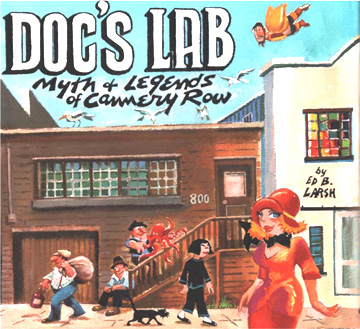Honeybees Help Farmers, But They Don't Help The.
With such a large population all working together, some great communication skills are needed. Bees do their talking in two ways - by scent and by dancing. When a honeybee is warning her sisters about an intruder, or if all the ladies in the hive are particularly happy, honeybees have the ability to release a special hormonal scent called.
Colony Collapse Disorder is the phenomenon that occurs when the majority of worker bees in a colony disappear and leave behind a queen, plenty of food and a few nurse bees to care for the remaining immature bees and the queen. Once thought to pose a major long term threat to bees, reported cases of CCD have declined substantially over the last.

The benefits of honeybees Honeybees are of huge economic importance, vital for the pollination of many fruit, vegetable and seed crops. Also a wide variety of important products are made from the honey, beeswax, pollen, royal jelly and propolis that bees produce.
The honey bee colony's ability to survive the winter depends on their food stores, in the form of honey, bee bread, and royal jelly. Honey is made from collected nectar; bee bread is combined nectar and pollen which can be stored in cells; and royal jelly is a refined combination of honey and bee bread eaten by nurse honey bees.

The whole food diet for bees. A balanced menu makes for healthy, productive bees — but the loss of wildflowers means that many fail to find the kind of nutrition they need By Stephanie Pain 12.04.2017.

Country Bees vs City Bees. Did you know that bees often do better in urban areas than in the countryside because city parks and gardens have greater diversity of plant life than agricultural areas? (1) This is a result of monocultures; an industrial method of farming that has taken the agricultural world by storm. A monoculture is defined as a field composed of a single crop species.

What Beekeepers Can Do to Help The honey flow isn’t just a time for beekeepers to smile. It is also a time to be very observant. The honey flow represents a rapid increase in the space bees need in the hive.

This week's case study,. Haagen-Dazs needed a vehicle that would help turn its situation around. That vehicle turned out to be the honeybee.. Haagen-Dazs Vanilla Honey Bee.

Bee defensin-1 is an antimicrobial peptide that is part of the honey bee innate immune system. It is secreted by the hypopharyngeal gland of honey bees and can enter honey via bee saliva during the regurgitation process of honey making. Bee defensin-1 has a strong activity against Gram-positive bacteria including S. aureus.

In this case with honey bees, resins are not ingested but used within the hive by adult bees exposed to fungal spores. Thus the colony, as the unit of selection, may be responding to infection through self-medication by increasing the number of individuals that forage for resin.

Honey bees make honey from pollen and nectar collected from flowers. They live in large colonies with one queen, many sterile females workers and some male drones. In the wild honey bees nest in hollow trees. When a new queen emerges, she embarks on a mating flight. On returning to her hive, with help from the workers, she kills the failing, old queen.

Assessments included feeding honey bees with purified insecticidal toxins or transgenic pollen collected from GM crops producing such toxins, namely protease inhibitors (PIs), Cry or VIP toxins from Bacillus thuringiensis. RNAi-producing and herbicide-tolerant crops were also included.

Honey Bees Are Hard Workers. This adult honey bee is collecting pollen and nectar. But it doesn't have to pick it up with its hands and feet: all it has to do is brush into the pollen, and the.



